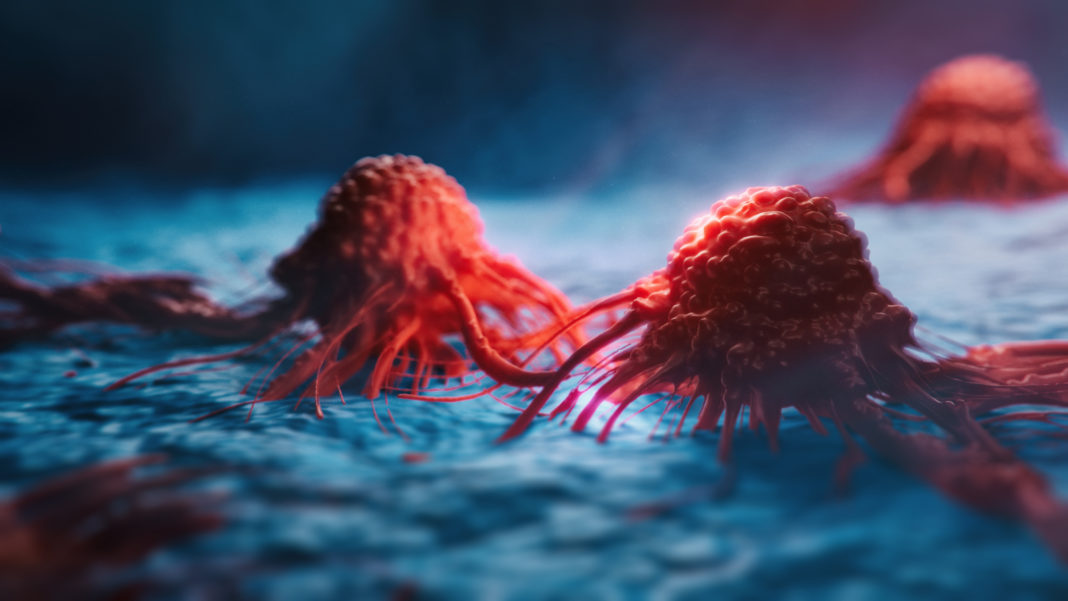Congenital disorders
How a Sugar Could Be a Potential Secondary Treatment for Cancer
A natural sugar called mannose is a type of hexose that is abundant in many different types of fruits. Recent studies have demonstrated that mannose has been found to be effective in promoting immune tolerance, suppressing inflammatory diseases, and efficient in suppressing tumors by suppressing glycolysis. However, it is not fully understood how mannose exerts its anticancer activity. Now, a study by Sanford Burnham Prebys and the Osaka International Cancer Institute has shed new light on the anticancer properties of mannose and suggests that mannose could be a helpful secondary treatment for cancer.
The findings are published in eLife in an article titled, “Metabolic clogging of mannose triggers dNTP loss and genomic instability in human cancer cells.”
“Mannose has anticancer activity that inhibits cell proliferation and enhances the efficacy of chemotherapy,” wrote the researchers. “How mannose exerts its anticancer activity, however, remains poorly understood. Here, using genetically engineered human cancer cells that permit the precise control of mannose metabolic flux, we demonstrate that the large influx of mannose exceeding its metabolic capacity induced metabolic remodeling, leading to the generation of slow-cycling cells with limited deoxyribonucleoside triphosphates (dNTPs).”
“This sugar could give cancer an extra punch alongside other treatments,” said study co-author Hudson Freeze, PhD, director of the human genetics program at Sanford Burnham Prebys. “And because mannose is found throughout the body naturally, it could improve cancer treatment without any undesirable side effects.”
“Until now, the most promising therapeutic use for mannose was to treat congenital disorders of glycosylation, diseases that can cause a wide range of severe symptoms throughout the body,” explained Freeze. “But we believe that there may be ways to leverage mannose against cancer and other diseases as well.”
“It’s been known for more than a century that mannose is lethal to honeybees because they can’t process it like humans do—it’s known as ‘honeybee syndrome,’” said Freeze. “We wanted to see if there is any relationship between honeybee syndrome and the anticancer properties of mannose, which could lead to an entirely new approach to combat cancer.”
The researchers used genetically engineered human cancer cells from fibrosarcoma and re-created honeybee syndrome. They discovered that without the enzyme needed to metabolize mannose, cells replicate slowly and are significantly more vulnerable to chemotherapy.
“We found that triggering honeybee syndrome in these cancer cells made them unable to synthesize the building blocks of DNA and replicate normally,” said Freeze. “This helps explain the anticancer effects of mannose that we’ve observed in the lab.”
While leveraging honeybee syndrome could be a promising supplemental cancer treatment, the researchers caution that because the effect is dependent on vital metabolic processes, more research is needed to determine which types of cancer would be most vulnerable to mannose.
“If we can find cancers that have a low activity of the enzyme that processes mannose, treating them with mannose could give just enough of a nudge to make chemotherapy more effective,” added Freeze. “Many people assume that you always discover treatments in response to the disease, but sometimes you find biology that could be useful for treatment and then have to find the disease to match it.”
The researchers believe the glycobiology of sugar metabolism within cancer cells is still an unexplored frontier that could be an untapped treasure trove of potential treatments waiting to be discovered.

